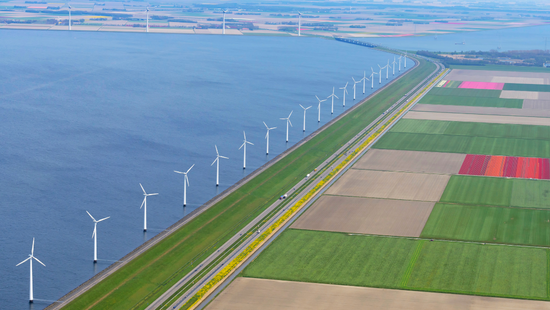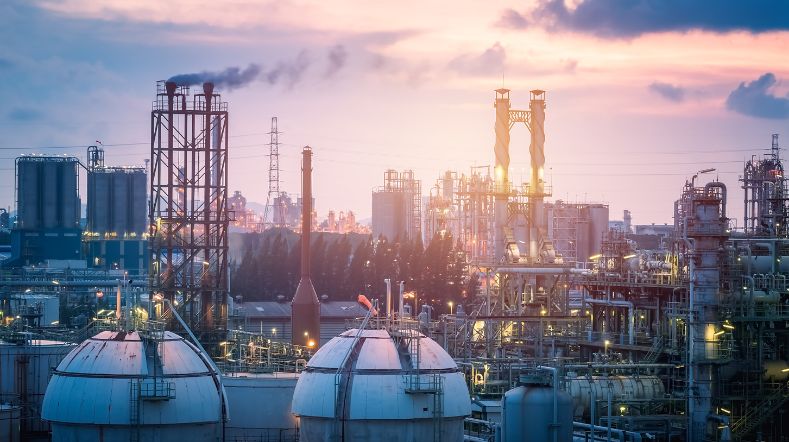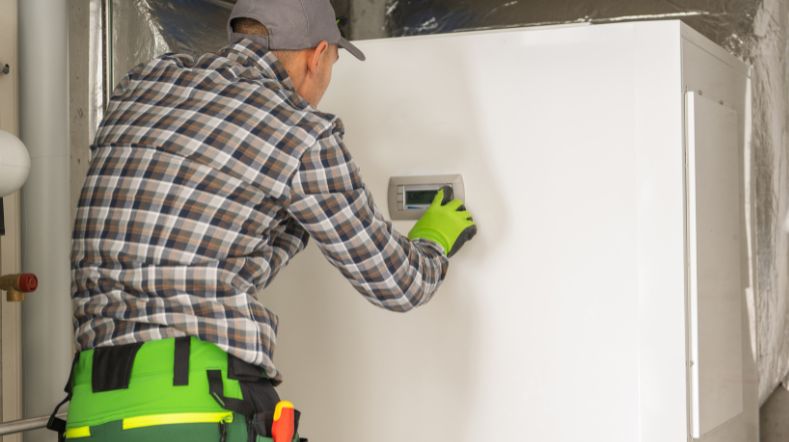System solutions and environment
Governments and policymakers face the challenge of developing effective policies that support the transition to a carbon-neutral society. The pressure to implement sustainable and circular solutions is increasing, while the impact of new policies, innovations and technologies is not always clear yet.
TNO analyses the impact of new policies and technologies. We monitor and make recommendations to develop effective human-centered policies. This helps realise future-oriented transition paths for circularity and energy transition.

Towards a CO2-free energy system
Discover more about our work within the system transition, and how we contribute to the energy transition through innovative research.
Our latest developments
36 resultaten, getoond 1 t/m 5
Climate fund applications from the perspective of broad prosperity
TNO provides a reflection in January at the request of the Ministry of Economic Affairs and Climate Policy (KGG) on the effects on broad prosperity of the applications for the Climate Fund.


Disruptive energy technologies for the future mapped out


Switching to a heat pump is financially attractive for 90% of single family homes


Impact of renewable energy and raw material imports on Dutch industry


Local authorities see energy support as a key transition enabler in tackling energy poverty



